Featured 2
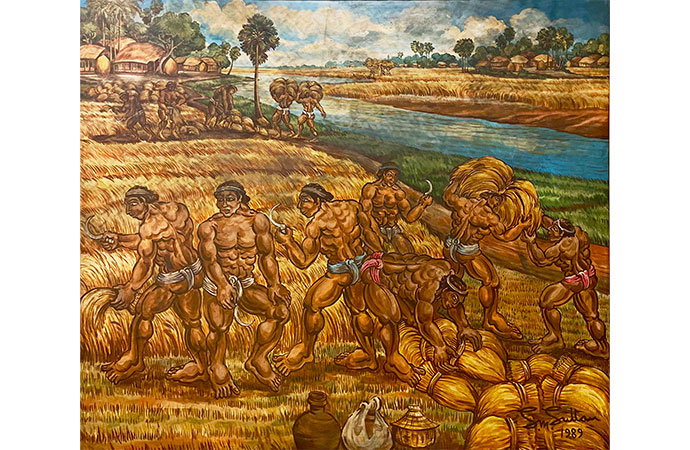
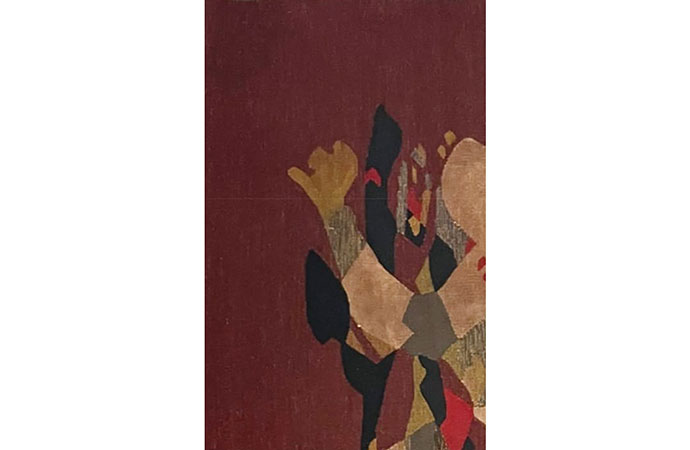
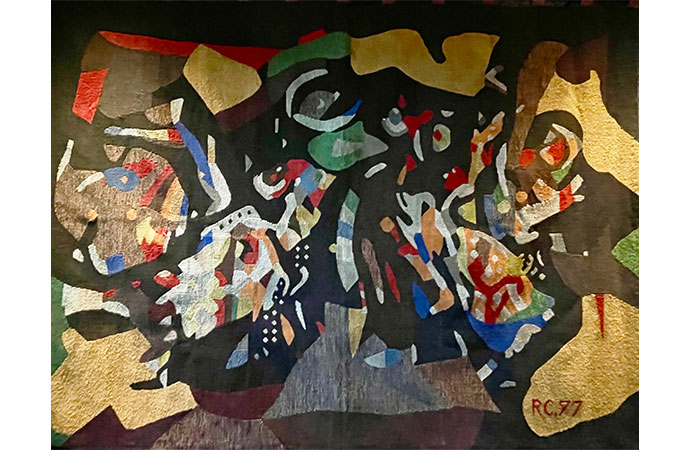
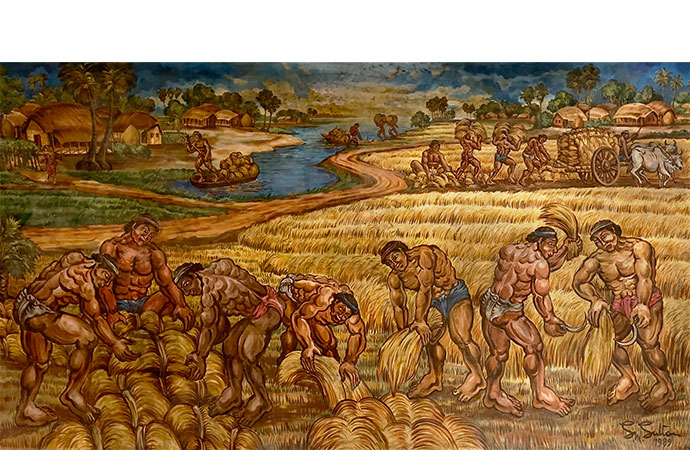




SM Sultan and Rashid Choudhury stand as prominent figures in our artistic community. Each has established his unique signatures, leading to remarkable achievements in the realm of art. It is important to note that these two masters differ significantly in their personalities, artistic themes, methodologies, techniques, and overall artistic expressions. Sultan, being the elder of the two, had the traits of an introvert and often chose solitude over social engagement, whereas Rashid Choudhury was an extrovert and sought to embrace life with enthusiasm.
Sultan's creative intensity and passion about art enabled him to become one of the outstanding painters in our country. The legendary artist had a unique style of living and his artistic approach of treating animals and birds was different from that of others. It is often said that he could understand the language of the animal kingdom. The artist had a great affection for pure scenic beauty, animals, birds, plants, rural people, and the disadvantaged community. These are the prime subjects in his canvas. Sultan was a mysterious figure for us as long as he lived. It was only after his death that many aspects of his life were gradually discovered.
Upon first viewing Sultan's paintings, one perceives a sense of strength and vitality. His large canvases reflect the natural harmony, simplicity, and integrity of village life. His reputation is built on his vivid portrayals of robust Bangladeshi peasants engaged in their daily chores. He is particularly renowned for depicting hardworking individuals-labourers, farmers, fishermen, and rural women in their everyday tasks. To him, these peasants were heroes. Sultan believed that the essence of his artwork symbolised energy. For example, the muscles of farmers depicted are engaged in a struggle with the earth as the power of the arms drives a plough into the soil, facilitating crop growth. The labour of these farmers constitutes the foundation of civilisation, allowing this land to thrive for over a thousand years.
One of Sultan's oil paintings, titled "Cultivation," illustrates robust peasants harvesting paddy from fields. The actions of the peasants vary among them. In the distance, several farmers are seen loading paddy on a bullock cart. Adjacent to the field is a canal through which with two boats are transporting crops. The entire artwork narrates the timeless essence of rural Bengal. The painting predominantly features shades of yellow and green, symbolising the countryside's prosperity and richness. As paddy serves as our staple food, its cultivation signifies fortune and wealth for an individual.
In Sultan's another oil painting, also titled "Cultivation," he depicts farmers utilising chisels to harvest paddy in a field. Several other peasants are seen carrying large bundles of paddy on their heads. Adjacent to the field flows a blue canal, while green trees and huts are visible in the background. The sky above is a blend of blue and white, contributing to the overall atmosphere of solitude and serenity. Sultan skillfully maintains a harmony between the individual and their environment, which is a key part of the vitality in rural life. The figures in his artwork exhibit a solemn demeanour, with their traits accentuated. The use of lighting is a significant aspect of the painting, as the artist typically favours incandescent illumination and an enigmatic ambiance.
Sultan was born in 1923 in the village of Masimdia, located in Narail district. After completing only five years of education at Victoria Collegiate School in Narail, he began working alongside his father as a mason. At one point, he enrolled in the Calcutta Art School, but departed before obtaining his degree. In Masimdia, situated by the banks of the Chitra River, Sultan resided in a century-old, dilapidated house surrounded by various animals, birds, turtles, and snakes. The painter had already renounced the notion of having one's own family, choosing instead to care for the animals and plants around him. His residence lacked electricity and proper sanitary conditions. Nevertheless, Sultan had grown entirely accustomed to living in such an environment.
A bohemian and mystic, Sultan's artwork explores the intricacies of rural existence, particularly focusing on the lives of peasants, fishermen, and day labourers. His creations vividly portray the experiences of the working class and emphasise marginalised communities while also showcasing their collective strength and quest for empowerment. Through his paintings, he told the stories of rural households, depicting men and women engaged in daily tasks and farmers labouring in the fields. The figures he presented are robust and commanding, symbolising a vision of prosperity for rural Bengal.
Sultan's male figures drew inspiration from the European Renaissance, while his female figures, characterised by their voluptuousness, reflect traditional Indian beauty. His works also feature small huts and villages, reinforcing his reputation for capturing rural beauty and the essence of village life. Though Sultan was initially influenced by Western techniques, particularly impressionism, his later works reveal a persistent inclination to decolonise his artistic methods and styles.
Rashid Choudhury is acknowledged as the pioneer of tapestry in the country and continues to be the most eminent artist in this particular field. In addition to tapestry, he engaged in oil painting, tempera, watercolour, and various other media. He skillfully introduced tapestry in diverse forms in Bangladesh, with his works being unmatched in both themes and techniques. A notable aspect of his artistry is the blend of traditional motifs with modern Western influences. In 1960, he received a scholarship from the French Government to study at the Ecole Nationale Supérieure des Beaux Arts and at the Julien Rivierra Studio, where he collaborated with world-famous artists-- Marc Chagall and Jean Lurcat. While these Western contacts were influential for Rashid, his Bengali roots inspired him to investigate the artistic potential of "jute." Initially working with jute and cotton, and later incorporating silk, he innovatively adapted the traditional loom to create high-quality tapestries. His strength resided in his capacity to explore new subjects and present them in a creative way. The artist established his uniqueness, especially in design and colour composition. The vibrancy of colours, geometric patterns, and visual allure distinguished his creations, allowing him to sustain a prominent role in the Bangladeshi art scene. He produced numerous tapestry works for both governmental and private clients, both domestically and internationally.
Rashid Choudhury's "Untitled" is a tapestry that depicts a whimsical imagery created through a variety of shapes and colours. The artist used a palette of azure, white, black, crimson, yellow, green, brown, and others. The thickness of colours, and various geometric compositions, as well as the impression of a search for aestheticism, are also featured in the work. In the work, he concentrated on design rather than other aspects. A vibrant and intricate design has emerged on the tapestry as he persistently explored innovative forms and astonishing shapes during the creation process. The maestro has skillfully crafted numerous waves, semi-waves, curves, semi-curves, semi-circles, and fragments that evoke a sense of rhythm. The piece is abundant with a variety of abstract visuals. However, this abstraction does not hinder the audience's ability to grasp the artist's emotions and thoughts. Rashid made a significant effort towards achieving a harmonious blend of colours in this piece. The vibrant hues convey a unique message, captivating art enthusiasts both domestically and internationally for many years. His forte was to search for fresh themes and present them with an innovative approach. It has been distinctly noted that his inspiration stemmed from diverse organic forms, including vegetation, flowers, and plants.
Rashid Choudhury's tapestry, titled "Gypsy", offers a fragmented depiction of the human figure. The piece captivates the viewers with its vast expanse, predominantly featuring a deep crimson shade. It incorporates surrealistic aspects where indistinct shapes and vague forms merge with a human silhouette.
Rashid drew considerable inspiration from the natural world, integrating elements such as various plants, trees of differing heights, blossoming flowers, and lush greenery. Many of his tapestries include open areas. He employed vibrant primary colours at the centre, contrasting them with darker shades like crimson and ash brown in the background. The artist selected azure, white, black, crimson, green, and brown for the backdrop. His profound admiration for diverse organic shapes, including growing vegetation, flowers, and plants, is evident. Human figures sporadically appear in his creations. As a nature enthusiast, Rashid Choudhury endeavours to create a harmonious blend of colours in his works, infused with warmth and affection. He utilises colours with striking brilliance to communicate a unique message through his art, which has consistently captivated colour enthusiasts both domestically and internationally.
Rashid Choudhury was born in 1932 in Faridpur District. He began his education at a primary school in his village before continuing at Rajanikanto High School, Alimunzzaman High School, and Park Circus School in Kolkata. He completed his matriculation examination in 1949. Subsequently, he enrolled in Dhaka Art College, which is now known as the Faculty of Fine Arts at the University of Dhaka, and graduated with a first-class BFA in 1954. Following his graduation, he received a scholarship to study in Madrid in 1956 for one year. He then moved to Paris on a four-year scholarship, where he pursued advanced studies in fresco, tapestry, and sculpture. In 1969, the University of Chittagong incorporated Fine Arts into its curriculum with assistance from Rashid Choudhury. Furthermore, he significantly contributed to the establishment of the Artist Rashid Choudhury Chittagong Government Fine Arts College in 1973.
Rashid Choudhury was a second-generation artist from Bangladesh, who significantly contributed to art movements and the advancement of art education in the country. He won multiple awards and accolades for his creative contributions and innovative impact. In the 1950s, he emerged as a key figure in the modern art movement of Bangladesh.
This article features artworks from the personal collection of a Bangladeshi couple residing in Northern Virginia, USA, whose dedication to the arts has spanned decades. Their collection, which includes significant pieces by renowned Bangladeshi and South Asian artists, highlights a profound commitment to the art and history of the region.
The writer is an art critic and cultural curator.






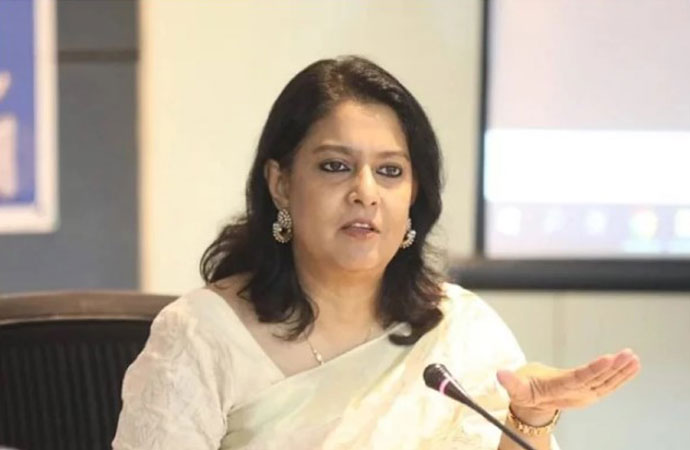


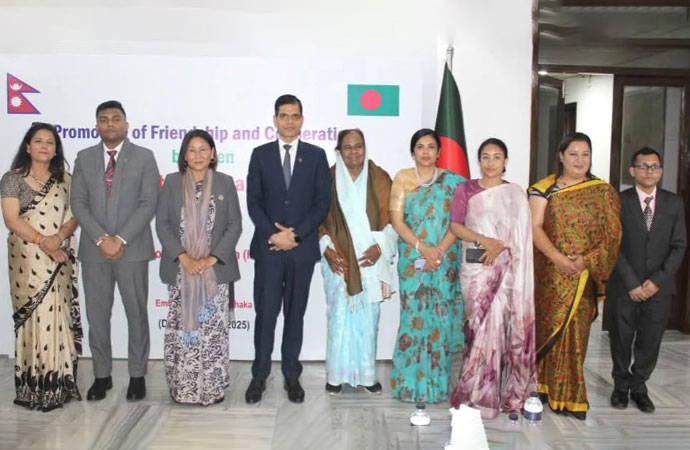

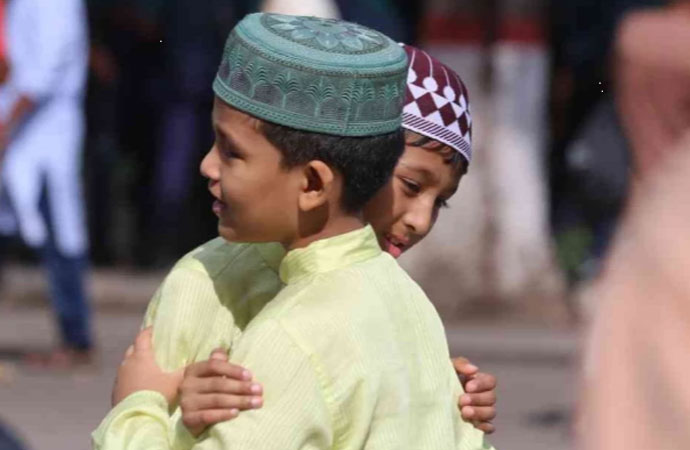







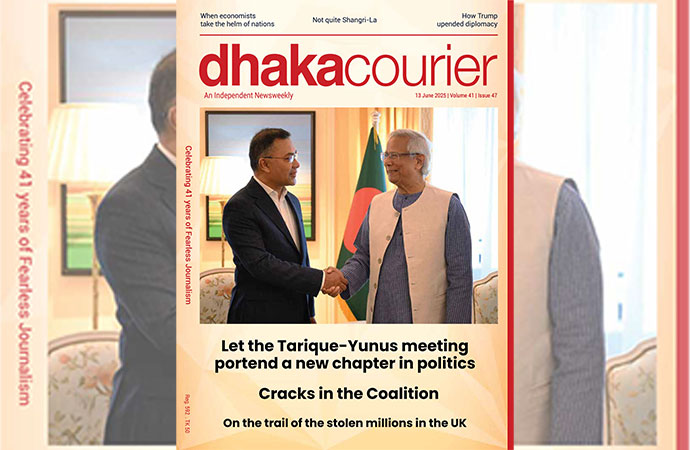
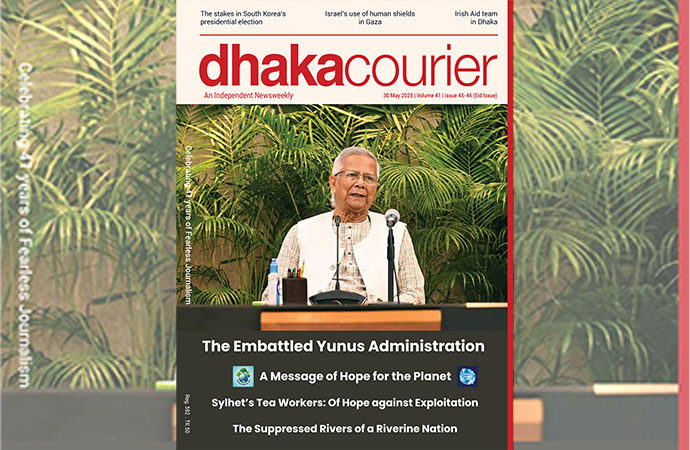

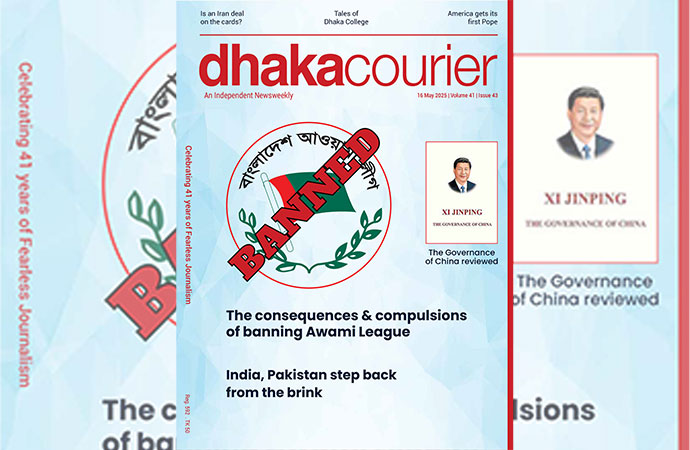
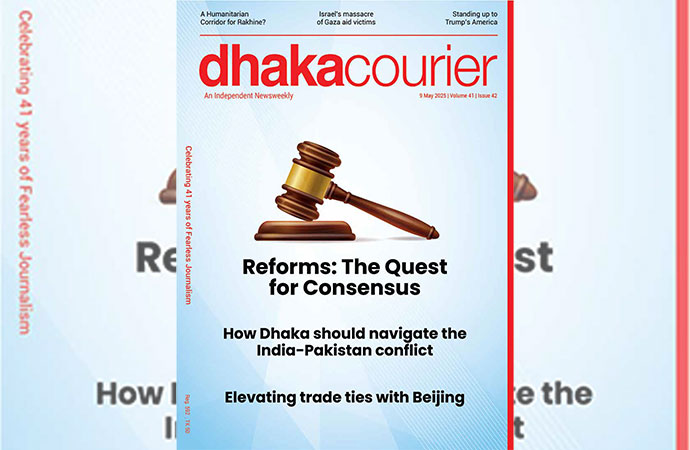

Leave a Comment
Recent Posts
Enayetullah Khan to represent ...
Enayetullah Khan, Editor-in-Chief of United News of Bangladesh (UNB), ...
The tragedy in Ahmedabad touch ...
Air crashes are inherently international incidents, and the emotions t ...
Asset recovery a key focus; breakthroughs from talks ..
'It'll inspire youths to build Bangladesh they dream ..
UK envoy Sarah Cooke happy with Yunus’ visit to Brit ..
Prof Yunus honoured with prestigious Harmony Award b ..